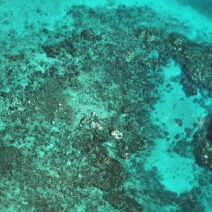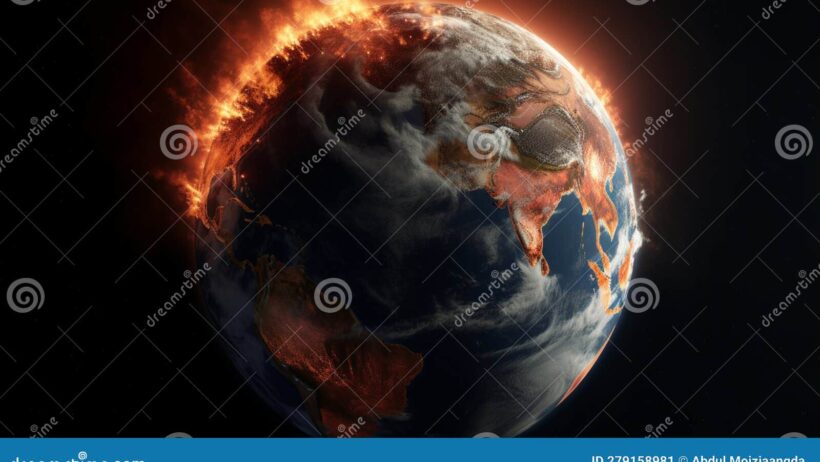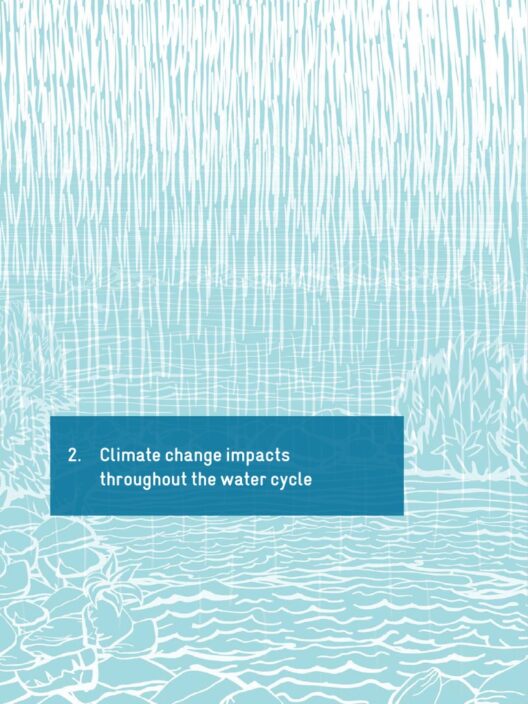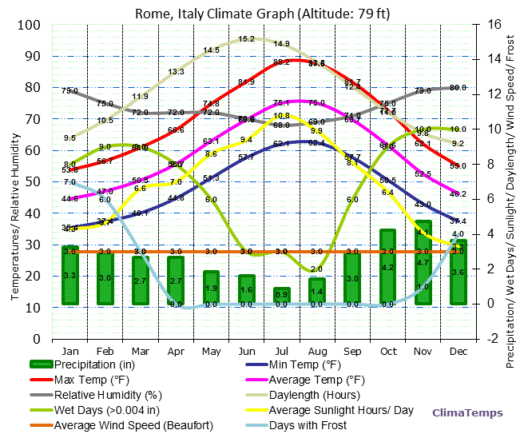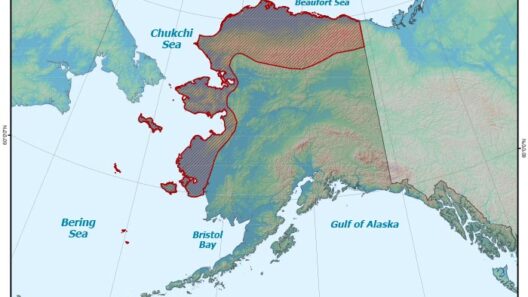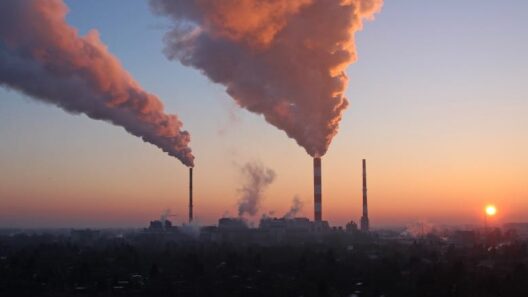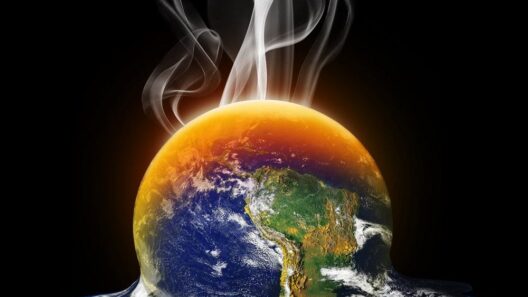Global warming represents one of the most significant environmental challenges our planet has ever faced, and its consequences extend far beyond mere temperature increases. It jeopardizes habitats, the vital sanctuaries that countless species depend on for survival. How does global warming reshape these habitats, and what can we do to confront these pressing dangers? This inquiry leads us into a world where animal homes are irrevocably altered by climate dynamics, raising questions about our collective responsibility in mitigating these effects.
The phenomenon of climate change results primarily from the accumulation of greenhouse gases in the atmosphere—carbon dioxide, methane, and nitrous oxide—that trap heat and lead to rising global temperatures. A range of ecosystems, from lush forests to arid deserts, is under siege. Each habitat faces its unique challenges, and the threat is ubiquitous. So, what does this actually mean for the animals residing in these imperiled homes?
In the Arctic, for instance, melting sea ice poses a grave risk to polar bears, whose hunting grounds are rapidly disappearing. These apex predators require substantial sea ice for hunting seals, their primary food source. As temperatures rise, the ice diminishes, effectively reducing their habitat and, consequently, their ability to find food. Can you imagine navigating through an ever-shrinking territory while your source of sustenance evaporates before your very eyes? The resulting nutritional stress risks not only their survival but also disrupts the ecological balance, as fewer polar bears may mean an overabundance of seals. This cascading effect highlights the interconnectedness of ecosystems.
Moving southward, we encounter the intricate ecosystems of coral reefs, which are experiencing what some scientists term “coral bleaching.” Elevated water temperatures and acidification caused by increased CO2 levels disrupt the relationship between corals and the symbiotic algae they rely on for nutrition. A playful question arises: would you live in a house that was slowly turning uninhabitable due to changes in the environment? For marine life, this is a stark reality. Fish and other marine species lose their breeding grounds and protective habitats, which jeopardizes their population dynamics and overall biodiversity. The decline of coral reefs could also lead to the demise of numerous fish species that rely on these structures for survival.
In terrestrial environments, forest habitats are threatened by changing weather patterns and increased incidences of wildfires. The phenomenon known as “forest dieback” occurs when trees cannot withstand the stress of extreme heat and prolonged drought conditions. This phenomenon not only spells disaster for flora but also devastates the fauna that depend on these trees for shelter and food. Species such as the iconic Spotted Owl in the Pacific Northwest face enormous challenges due to habitat disruption and loss, leading to fragmentation that impairs their reproduction and overall health.
Moreover, the savannas and grasslands worldwide are not spared. As climate patterns shift, these habitats may transform, affecting species like the African elephant. Elephants, as keystone species, play a critical role in maintaining the balance of their ecosystems. If their habitat experiences drought or becomes too fragmented due to human encroachment exacerbated by climate change, their population dynamics will severely alter, compromising the delicate balance in these environments. Are we aware of the potential repercussions when one player in the ecological chess game gets knocked off the board?
Wetlands, too, are increasingly threatened by rising sea levels and shifting precipitation patterns. These areas serve as crucial buffers against flooding and are home to a plethora of biodiversity. As salinity levels rise, many freshwater species may find their habitats unsuitable. The American alligator and numerous amphibians could face significant consequences. An alarming thought lingers: what happens when the guardians of fragile ecosystems find themselves at critical risk?
Adverse weather events, exacerbated by climate change, further complicate the situation. From hurricanes and floods to severe droughts and heatwaves, animal homes can be obliterated in a matter of moments. Species already under stress due to habitat loss will find it increasingly challenging to adapt to these rapid changes. A significant concern lies in the concept of ecological resilience—how well can a species bounce back from environmental changes? The answer dictates the fate of many animals inhabiting these affected regions.
So, what can be done in the face of these overwhelming challenges? Awareness and education play an essential role. Individuals must understand the connection between their actions and global climatic shifts. Simple lifestyle adjustments, such as reducing carbon footprints through sustainable practices, can help mitigate this crisis. Furthermore, global cooperation is critical. Countries need to come together to enforce environmental protection regulations and invest in renewable energy solutions that reduce dependency on fossil fuels.
Conservation efforts also represent a beacon of hope. Protecting existing habitats and restoring those that have been degraded is paramount. It may involve creating wildlife corridors that allow for safe migration, especially as species seek new territories in response to shifting climates. These initiatives necessitate a collaboration between government, NGOs, local communities, and individuals passionate about preserving biodiversity.
Ultimately, these discussions about habitats in peril necessitate action. Global warming continues to encroach upon the homes of countless species, demanding our urgent attention and response. Can we rise to the challenge, safeguard these vital habitats, and ensure a sustainable future for all forms of life? The time for apathy has passed; the future hinges on our capacity to act decisively in defense of our planet and its inhabitants.
